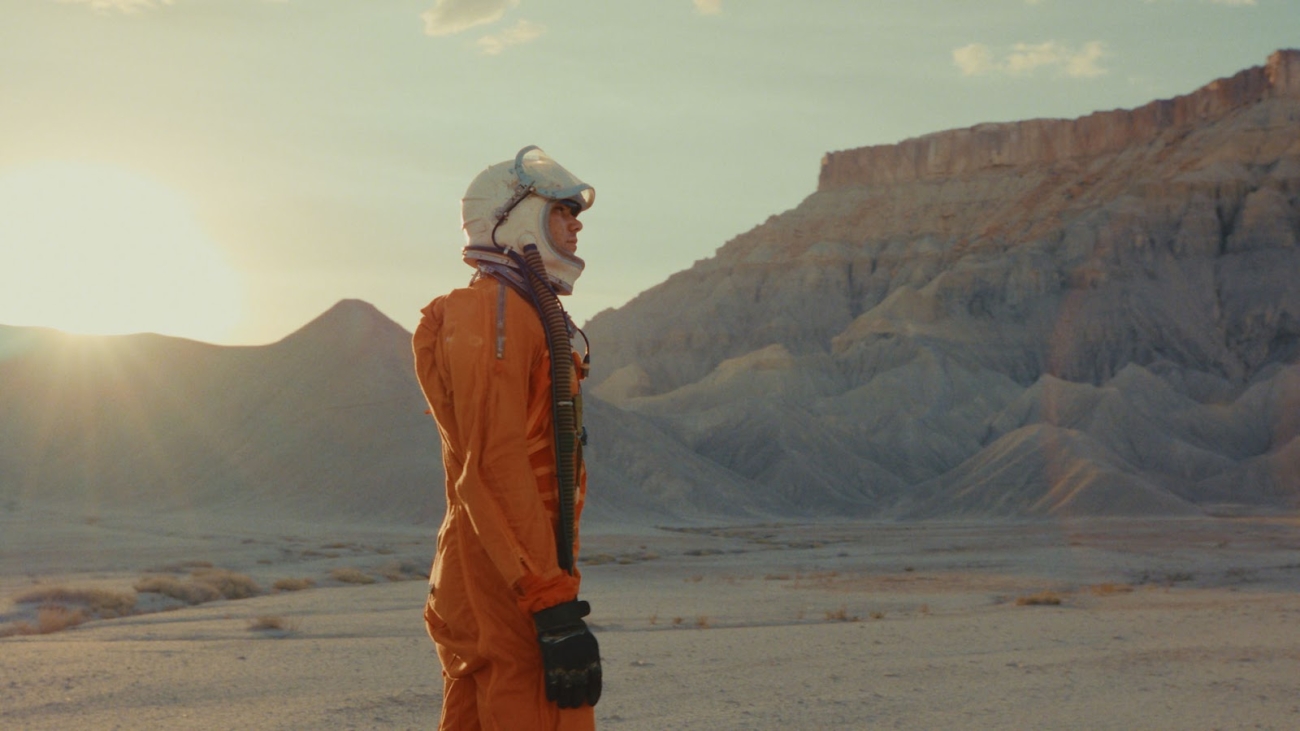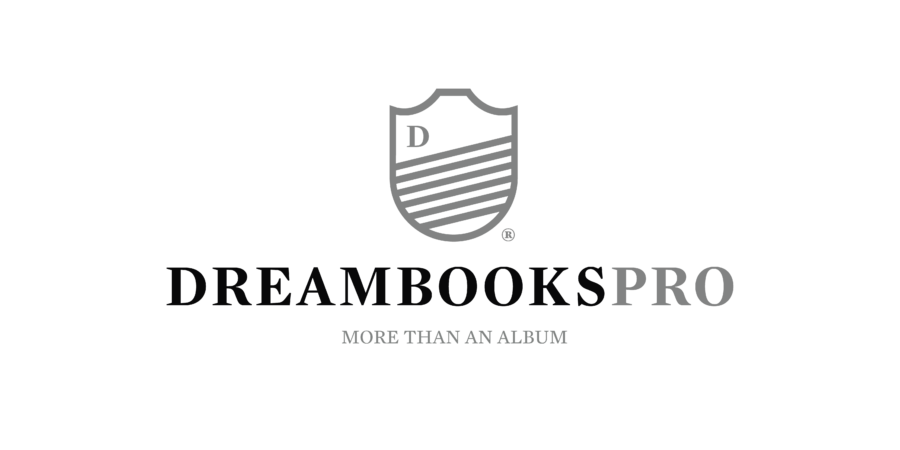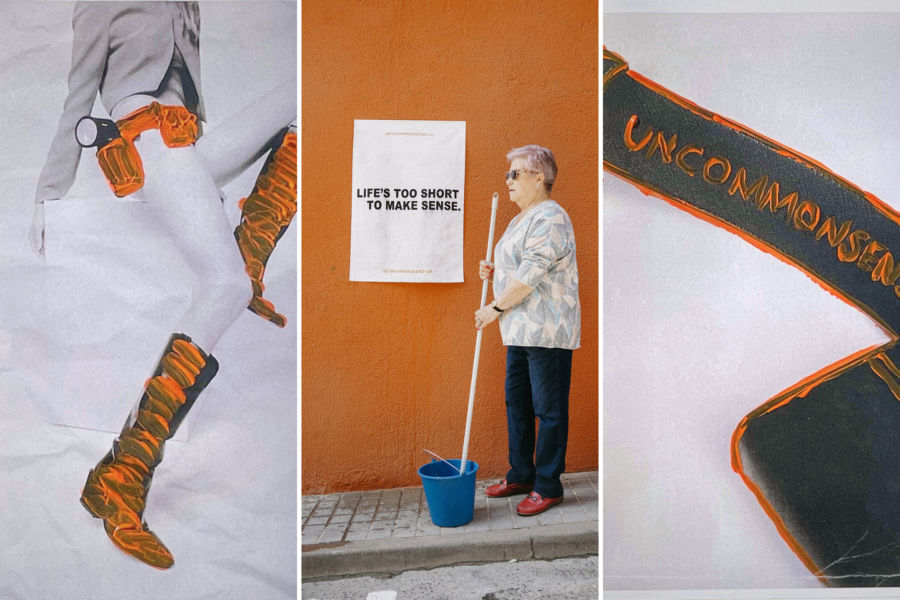Gamut LUTs: Adding Colour to the Wedding Film Palette

From capturing wedding moments to crafting tools that enhance them, Levi Tijerina’s journey in the world of visual storytelling has come full circle. Set to share his insights at the upcoming Way Up North event in Lisbon this October, Levi has channelled his experience as a destination wedding photographer into creating solutions for fellow creatives.
Enter Gamut, a suite of LUTs designed to elevate the colour grading process for wedding filmmakers. Intrigued by this colour revolution, we caught up with Levi to explore how Gamut is adding new hues to the wedding film palette, making the post-production process both easier and more creative.
Gamut
What’s the learning curve for someone new to using LUTs in their workflow?
Getting started with LUTs is super easy. LUTs are a native component in every video post-production software and you can even use them in Photoshop and Lightroom (although Lightroom is more limited), so it’s really easy to get started.
For photographers thinking of dabbling in film, how can LUTs help them transition smoothly?
If you’re new to getting started in video, LUTs can help you bridge over a bit of your signature look to your film with just a handful of steps. But there are two key tricks I would recommend to people new to video. The first would be to always apply your LUT to an Adjustment Layer (essentially, layer that sits at the very top of your layers that will affect all video clips). This will help make sure your LUT covers your entire film, so the grade is consistent. The second would be to do color correction for White balance and exposure at the individual clip level. You’ll want to adjust each clip for WB and exposure and this will help ensure the LUT is actually responding the way you want it to inside of its own layer.
Think of it like this: technical corrects (WB and exposure) happen at a clip level. Color grade happens at a film level, at least when you’re starting out.
For photographers who may be unfamiliar, why should they care about LUTs and colour grading in their work?
Photographers tend to call all post-production work ‘editing’; but it’s not really. There are edits—removing blemishes, unwanted objects, distractions, etc. And then there is color grading—which is the bread and butter of all the fun sliders in Lightroom. Color is a huge element of post production, and so it’s important to give it its own focus.

How can Gamut LUTs specifically enhance wedding films?
Wedding films really shine when they’re consistent. We were our own first customers, building our LUTs to help grade our own wedding films. We wanted consistency across the film, regardless of the light changes throughout the day, and LUTs helped provide that for us. They were a chance to help make the films themselves stand out, because they looked the way we wanted them to in our minds. After that, of course, the dominoes began to fall as we got deeper into color science and starting building even more robust solutions.
Our LUTs have always focused on two core elements, each of which is critical for wedding films: consistent color and skintones. We want to make sure skin tones stay authentic and that the colors don’t break and artifact, so you can create a film that is consistent from start to finish.

What sets Gamut LUTs apart from other LUTs on the market?
The amount of due diligence we do on our LUTs is off-the-charts. We test our LUTs in so many environments and on so many cameras for stress testing. We also intentionally build our LUTs to be ‘softened’—meaning, we build them in a way that they will actually work on all environments. Some looks are so stylized that they can only look good in one environment. Ours are designed to look good everywhere, and you can further push them in more stylized environments.
And for those filming in Log, our BaseLUTs are one of our ‘secret sauces.’ For the past four years, we’ve been profiling Log curves on each camera system, and we’ve created Base Zero, which our standard baseline for color correction. We’ve then built Log conversion LUTs for each main Log profile so that it can get almost any camera to Base Zero, which means that you can color match your creative LUTs from Sony and Canon and get almost identical color matching. In layman’s terms: we build a conversion that accounts for each camera’s color science to get you to the same starting point, each time.
Later this year, we’re taking this even further and will be building an algorithmic system that will account for each camera, Log curve, and camera sensor—so we’ll be debuting the first-of-it’s kind color matching that will help creators color match cameras, regardless of sensor or internal color science.

Can you share a success story of a wedding filmmaker using Gamut LUTs?
One of the best advantages of using LUTs as your finishing color is that it can help you build consistency in your look. Our friend, Eric Floberg, is a wedding photographer, filmmaker, and YouTuber and he has been able to use our LUTs consistently to grade everything he does. And what’s been amazing about that is that the LUTs have been able to grow with him in that journey. He has consistently across everything he works on, and he just finished his first feature length film, graded almost entirely with Gamut LUTs.
It’s been so fun to watch his journey grow, and know that we’ve been a part of meeting some of his creative needs at each stage—wedding films, YouTube, and feature films. I love seeing people just create out of passion, and I’m grateful that we’ve created color tools that make it possible for people to focus more on creation since the post-production work is basically so dialed in from consistent use & brand.
How does Gamut stay ahead of evolving camera technologies and colour science?
We get our hands dirty. If a new camera comes out, we rent it and get to work on building new profiles. We’ve been lucky enough to have gotten pre-release versions of cameras and log profiles to help with the building process, months before the cameras are even available to consumers. This has helped us work with camera manufacturers specifically to offer feedback on color science and also help us make sure we have products ready as soon as users need them.




